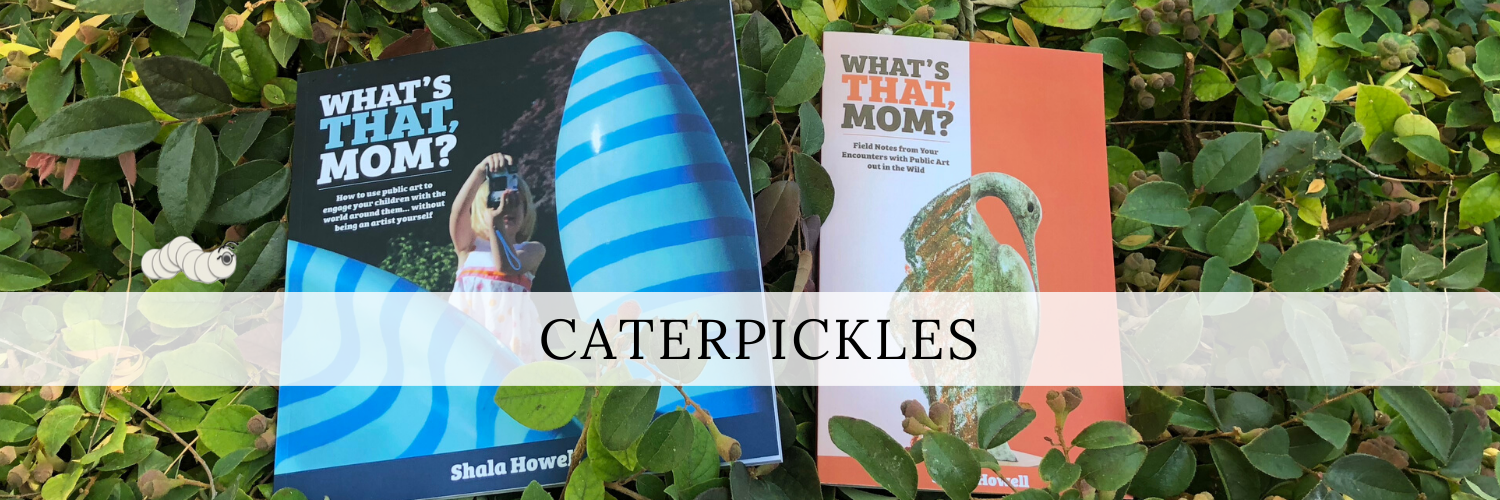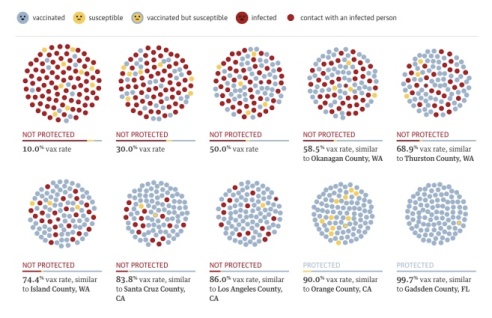What The Seven-Year-Old is thinking about this week: Sea monsters, gooey birds, & the measles outbreak
Once upon a time, when I was a sprightly young blogger of great ambition, I would end the week with a round-up of news stories that had caught The Seven-Year-Old’s eye.
It seemed like a good day to do that again.
So, what’s The Seven-Year-Old been reading about lately?
Sea Monster discovered in Scotland dates back 170 Million Years
She’s no Nessie, but The Seven-Year-Old still thinks this 14-foot prehistoric marine reptile is pretty cool. Apparently, Dearcmhara shawcrossi is the first uniquely Scottish marine reptile ever found. From the article by Will Dunham:
“Scientists have announced the discovery of the fossil remains of a dolphin-like seagoing reptile on Scotland’s Isle of Skye that lived about 170 million years ago and was about 14 feet (4.3 meters) long.
The creature, named Dearcmhara shawcrossi, is a member of a group called ichthyosaurs that were among the dominant marine reptiles when dinosaurs ruled the land.
Mysterious goo coats birds in San Francisco
The Seven-Year-Old is both fascinated and appalled by this story of birds in San Francisco showing up on shore coated in a mysterious goo. Every day she asks me if the scientists treating the birds have figured out what the goo is and where it’s coming from.
From the article in the SFGate:
The Fairfield rescue center has cleaned and cared for well over 300 aquatic birds since a mysterious gunky substance began sickening and killing waterfowl nearly two weeks ago, mostly along the Alameda, San Leandro and Hayward shorelines. More than 150 other birds have died from exposure to the substance. No slimed birds have been found since Friday, rescuers said.
Measles
You’ve probably heard by now that measles has arrived in the Chicago area. Five infants at a daycare center in a Chicago-area suburb have been diagnosed with measles, joining more than 100 other people reportedly infected with measles across the United States. This, some 15 years after the CDC declared that measles had been eliminated in the United States.
We’ve been talking a lot about the concept of herd immunity this week at Caterpickles Central. That’s the notion that if enough people in the population are vaccinated against an illness, others in the community who cannot be vaccinated for medical reasons are protected against the illness too. I was trying to explain this concept to The Seven-Year-Old this week, and found this wonderful article on The Guardian. It includes an animated chart illustrating the spread of measles through communities with different levels of vaccination.
Measles is an insanely infectious disease. You can catch it by being in the same room as a person with measles. You can catch it simply by being in a room where a sick person had been two hours before. You can catch it from an infected person, even if that person doesn’t yet have the characteristic measles rash.
From the article in the Guardian:
The virus is highly airborne; it can stay on surfaces for up to two hours; and infectivity begins four days before a rash, so you can feel healthy but spread the disease. Measles is so contagious that “if one person has it, 90% of the people close to them who are not immune” – we’ll call them susceptibles – “will also become infected,” according to the CDC.
As a result, communities aren’t protected from measles outbreaks unless 92-95% of their population is vaccinated against measles. Watching measles tear through undervaccinated communities, even in an abstract population of dots, is a sobering experience.
Measles is not only insanely infectious, it can lead to severe complications in the people who catch it. From the CDC’s website:
-
As many as one out of every 20 children with measles gets pneumonia, the most common cause of death from measles in young children.
-
About one child out of every 1,000 who get measles will develop encephalitis (swelling of the brain) that can lead to convulsions and can leave the child deaf or mentally retarded.
-
For every 1,000 children who get measles, one or two will die from it.
(Emphasis mine.)
If you can get vaccinated, do. Vaccinate your kids, too.
Related Links:
- Watch how the measles outbreak spreads when kids get vaccinated — and when they don’t (The Guardian)
- The devastating impact of vaccination deniers, in one chart (Washington Post)
- Vaccines: Facts vs. myths (USAToday)



6 Responses to “What The Seven-Year-Old is thinking about this week: Sea monsters, gooey birds, & the measles outbreak”
don’t mess with measles
LikeLike
Multiple icky bugs!
LikeLike
I ran the simulations a few times. It is interesting that sometimes a lesser vaccinated population is categorized as protected when higher vaccinated ones are not. That just comes down to luck of the draw, however, and the odds do not favor the mostly unvaccinated populations.
One simulation even categorized the highest vaccinated population as unprotected, because the one vaccinated but susceptible dot happened to get infected! (Bad Luck!)
LikeLike
Really speaks to the random & highly infectious nature of the disease, doesn’t it?
LikeLike
[…] was so much fun diving into The Seven-Year-Old’s brain through the news she was thinking about last week, that I decided to make it a new semi-weekly feature. Here’s a look at some of the things […]
LikeLike
[…] What The Seven-Year-Old is thinking about this week: Sea monsters, gooey birds, & the measles ou…(Caterpickles) […]
LikeLike